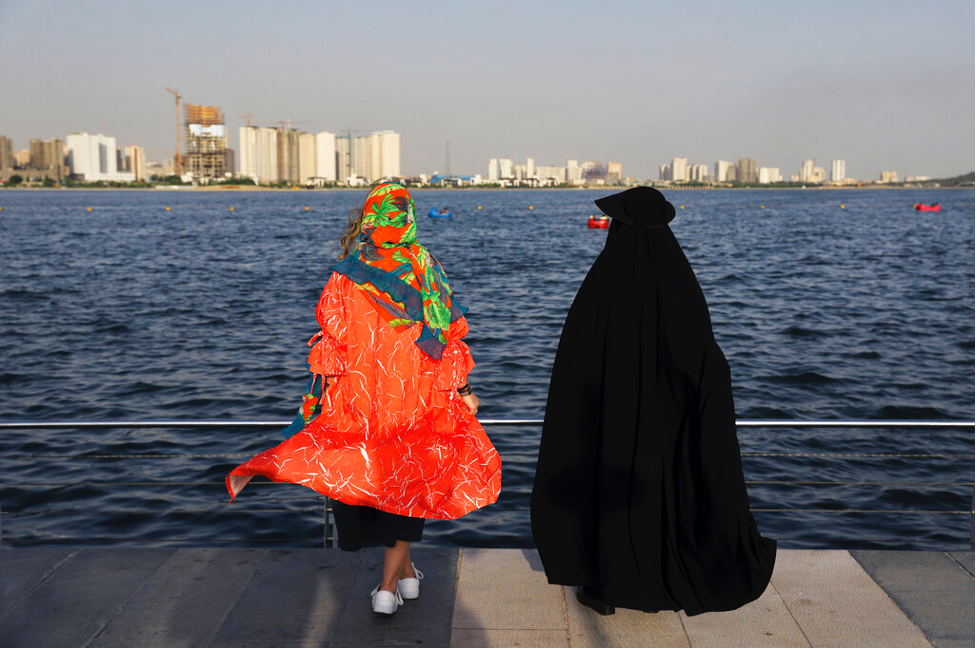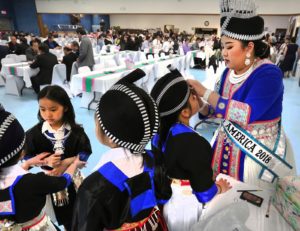
In recent years, the debate surrounding women’s clothing in Iran has become a highly debated topic. The Iranian government mandates that all women, both citizens and foreign visitors, must wear a hijab. Violating this dress code could result in government-mandated fines, imprisonment, or even corporal punishment.
The first wave of anti-hijab mandate protests in Iran began in December 2017, sparked by Vida Movahed, an Iranian human rights activist who, at her first protest, took off her hijab and waved it on a stick, only to be arrested soon after. Footage of this spread rapidly on social media, resulting in the start of the Girls of Enghelab protests, also known as the White Wednesday protests. These were a series of peaceful protests and demonstrations by Iranian women against the mandatory hijab law in Iran.
The protests were met with violence and imprisonment; however, the movement continued to gain speed as women from all walks of life began to speak out and join the protests against the mandatory hijab laws.
The woman responsible for bringing the issue of the hijab mandates in Iran to the global stage is Mahsa Amini, a 26-year-old Iranian woman who was arrested for protesting in January 2021 and found dead in her cell a few days later. Her death sparked the #JusticeForMahsa social media campaign, allowing people from all around the world to help raise awareness and call for accountability from the Iranian government.
This hijab mandate is a violation of women’s basic human rights, and its opposition has manifested into a global debate regarding the role of the state in regulating clothing and is a matter of restricting women’s empowerment and autonomy. Ultimately, women should have the right to choose what they wear without the fear of state-mandated violence and persecution, and the choice as to whether or not to wear a hijab should be a matter of personal preference.
Many argue that since the holy book of Islam, the Quran, requires that women dress modestly, the hijab should be mandated as a symbol of modesty and religious piety. However, Islam is not a monolithic religion and therefore has many different interpretations and views as to what it constitutes. What modesty means to one person might mean something else to another, so it is entirely possible for a Muslim to choose not to wear a hijab, still believing they are following the teaching of modesty mentioned in the Quran.
This policy also has economic and social consequences. Economically, the hijab mandate has limited the opportunities available to women in Iran, as many businesses require women to abide by the hijab mandate in order to work there. If they go against the mandate, they will be discriminated against and fired from their jobs. The hijab mandates also contribute to the culture of gender segregation in Iran, limiting women’s social and educational opportunities since they aren’t afforded said opportunities unless they abide by these laws.
One instance of state-enforced clothing regulations outside of the scope of Iran and solely hijabs can be seen in France, where the government has enacted a series of laws that restrict religious wear in certain public contexts such as schools and government buildings. These laws enacted by France resulted from a promotion of secularism, which is essentially the separation of church and state.
The French government believes that restrictions on religious wear are necessary in order to maintain cohesion. However, it is important to find a balance between promoting social cohesion and ensuring that policies do not disproportionately marginalize certain communities. Although the cases of Iran and France differ on many levels, they both are instances of government intervention in both religions and defining what one can and can’t wear.
In these cases, and others as such, government-enforced clothing mandates serve as violations of individual rights and freedoms. In order to move past an outdated and unfair model of government mandates in relation to clothing, policies should be developed through an open and inclusive process that considers the diverse perspectives of those affected by them.



